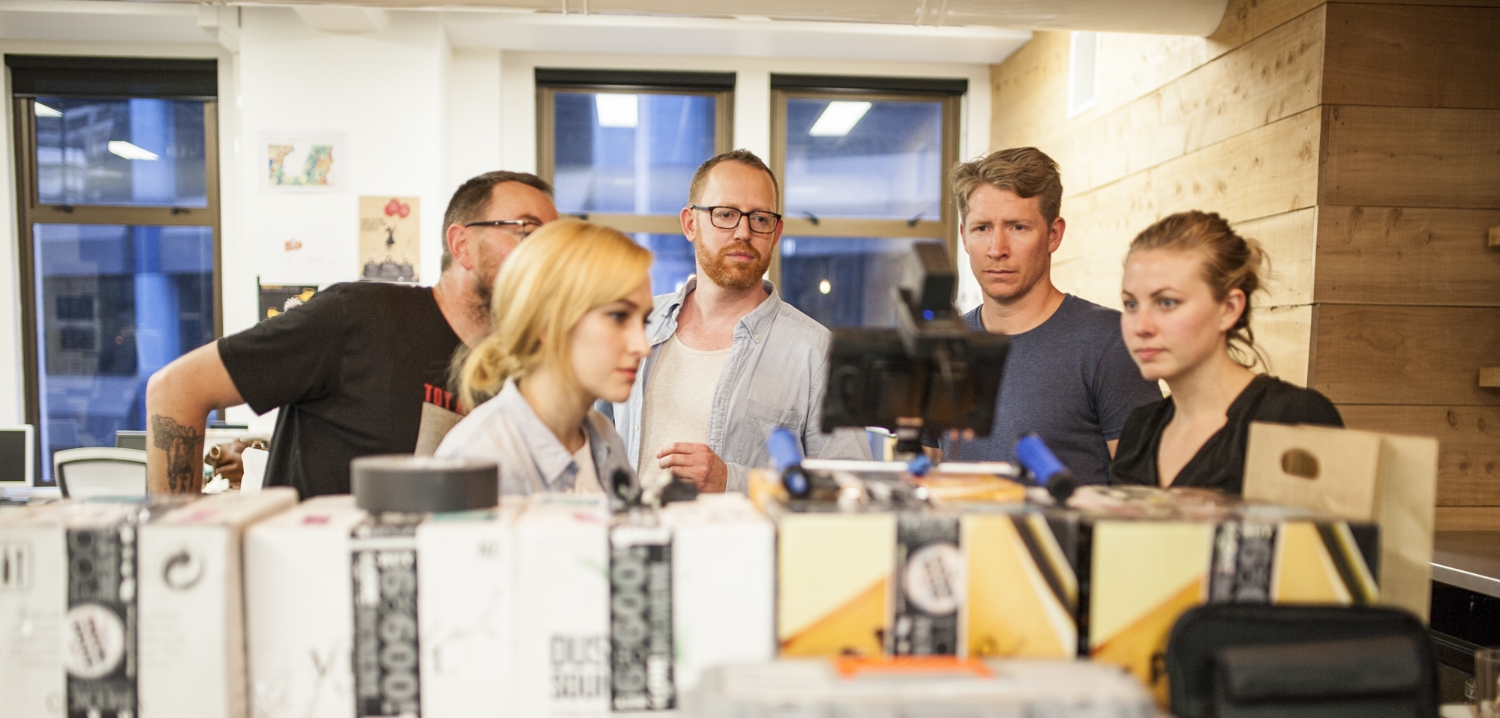
Once you’ve written, filmed, edited, reviewed, categorized, tagged and published your video, it can feel like your job is surely done. But your video is not completed. In fact, the video’s lifecycle has just begun.
Video content grows and evolves as long as it is being viewed and shared. Video and marketing teams must be able to monitor and learn from their videos as they travel through the consumer environment.
Do anything else and you’re selling yourself short.
The value of a video
Most people understand that videos can be great drivers of website traffic. They can help brand your company. But once they’re out in the open, they become just as educational for your video team as they do for your audience.
You should be asking yourself, “Which parts of my video do people find compelling? Which bits of the video lead to shares? Which elements turn people off?”
If you don’t analyze the behavior of your video in the marketplace, you miss out on one of the most valuable parts of making videos in general.
Measuring success
Say, for example, you release a minute-long video consisting of interviews with current customers. You post a link on Twitter and Facebook, see a temporary bump in website traffic, and pat yourself on the back.
You’ve messed up.
How long do people watch the video before deciding to move on? Can you pinpoint a moment in your video when people stop watching? How about the moment when most people decide to visit your website?
These bits of information are incredibly valuable for any content you create in the future.
Just as importantly, you have to be able to monitor who shares your videos. If people from unexpected demographics begin to help spread your content, don’t be satisfied until you know why they’re sharing your video.
More importantly, you need to know how to tap back into that demographic in the future.
Your videos are not just about your brand. When someone shares a video on Facebook, that video becomes part of their personal brand, too.
Not done yet
Walt Disney famously said, “Disneyland will never be completed. It will continue to grow as long as there is imagination left in the world.” Releasing a product is, in one way, opening that product up to a new phase of collaboration. As long as there are people to experience them, your videos will never be completed either.
Thinking of publication as the end of the line is a mistake, plain and simple. You’ve done some of the hardest work already. Once you make a video, you should be able to earn more than traffic, buzz, or even revenue.
You should be able to earn information. For content creators, that’s more valuable than just about anything else.
Wipster's Position on your Data and Content Rights
A lot has been made recently about Adobe's far-reaching Terms of Service, which grant them the right to access all their customers' content through...


